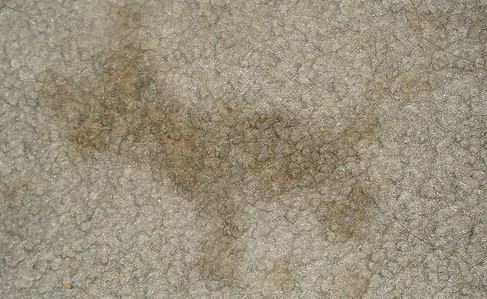
If you own your own rental property or rent someone else’s property, then you may be familiar with the term “urine mapping”. It’s a fairly common practice for landlords to use a blacklight to go around the premises and make note of areas on the carpet that have dog, cat or other pets pee stains on them.
The spots that are recorded make up the urine map. This map is used for when tenants move in and out, to see if there were any additional stains added during the time of their stay. This could possibly mean that “no pets allowed” rules were broken, and compensation will be needed for additional cleaning.
The issue is that the blacklight method is not always the most accurate. There are a few flaws that I will go over below.
Can a Black Light Detect Dog Urine Properly?
The short answer to the question of if a blacklight can detect cat or dog urine in the carpet is yes it can.
However, it gets more complicated than that. The reason for this is that pet urine isn’t the only substance that glows under a blacklight!
The substances below can also glow under a blacklight.
- Baby powder
- Glue
- Petroleum Jelly
- Tonic Water
- Laundry detergents
- Woolite carpet cleaning supplies
- and more…
This can be a huge problem if you’re a renter. If you happen to rent a condo and accidentally spill some laundry detergent on the carpet it could potentially be mistaken for pet urine under the blacklight. This could result in the property management company charging you for something you didn’t do!
On the other side of the equation, it can be hard for landlords and property managers to make sure that the property rules are being followed.
Urine Mapping the Carpet
- First use the blacklight to get a base map of possible pee spots
- Also make note of other areas that don’t fluoresce but have other signs of damage from urine
- Look for any damage to the carpet fibers of the affected areas
- Use a moisture meter or probe to find urine in the carpet padding, backing and subfloor
- Smell the suspected areas to check for ammonia type of smell
- Check for discoloration and staining in the carpet fibers
Pet Urine in Carpet Effects
What some people don’t know is that once pet urine has dried in the carpet it leaves urine crystals and salts which contain proteins, uric acid, urea, hormones, bacteria, and urochrome. When they have dried, the crystals start to emit that foul smelling odor that everyone knows all too well.
Urine salts will always be a little bit wet because they draw moisture from the air. They can also be detected by moisture probes for quite some time after contamination.
The odor from dog or cat pee can’t be removed with a simple cleaning using store-bought products. You must call a professional carpet cleaning company to help at this point. They will be able to help get the stains out once and for all with heavy duty commercial equipment.